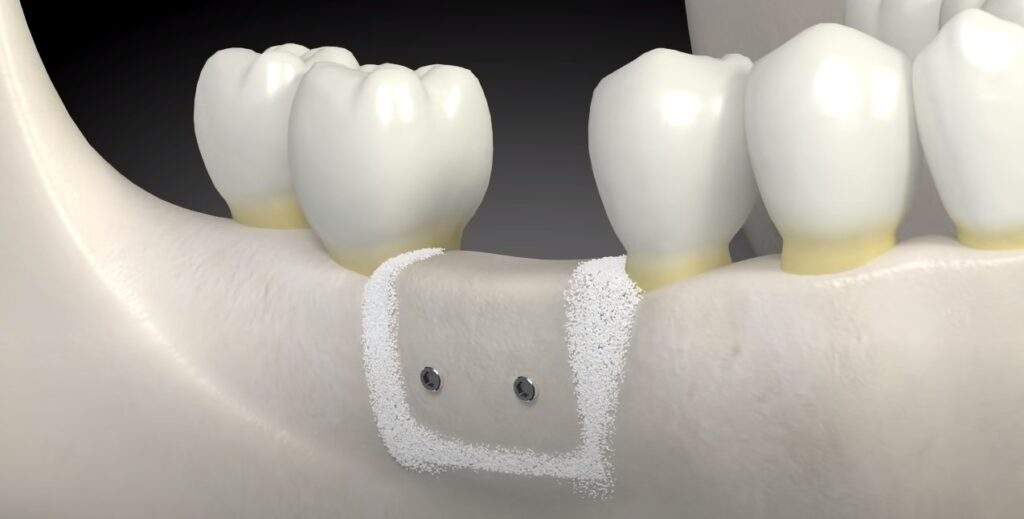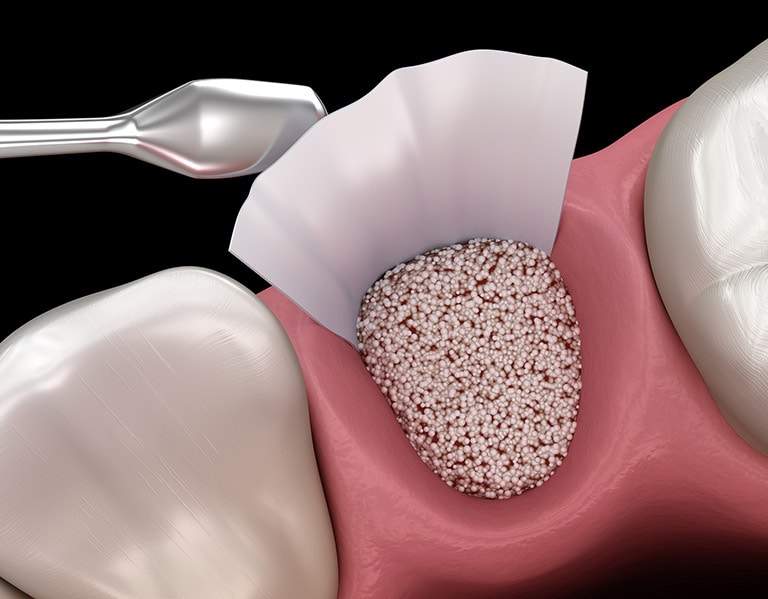A bone graft is a surgical treatment that is used to address bone and joint problems.
It is utilized to create new tissue in the jaw area, which is needed to keep teeth in place. A small incision in your gum is created, and grafting material is used to disclose the bone beneath it.
The most typically processed bone, grafting material, works as a scaffold in an area where new bone cells can be created. The necessary grafting material might come from a variety of sources, including your own body. A laboratory would frequently collect an animal or human donor’s bone to make it sterile and handy.
WHEN NEEDED BONE GRAFTING?
Bone grafting can be done by a dentist-surgeon for a variety of causes, including injuries, traumas, and diseases. When a tooth is lost, the surrounding bone begins to disintegrate. Jaw bone weakening can also be caused by gum disease. It’s possible that only one tooth’s bone loss isn’t noticeable. However, if you lose several teeth or have advanced gum disease, bone loss might alter the appearance of your face.
There are numerous sources of bone grafting material that can be used to retain or increase bone for dental implants. Both of these resources were financed by relevant studies. They are safe to use, lowering the chance of rejection or infection transmission.
Block Bone Graft: The dentist will use the rear of your jawbone, around your wisdom teeth, for this type of bone graft. If you have severe bone injury, this treatment is the right solution for you.
Socket Graft: A socket graft is a type of graft that is performed at the same time as a tooth extraction. This method seeks to prevent bone loss that is commonly associated with adult tooth loss. Your body would not be able to recombine the bone near the tooth because of the socket graft. The socket graft prepares the mouth for the dental implants that will be used to replace the missing tooth.
Sinus Lift:This type of bone graft is beneficial if you have lost some of the gums in your upper row of teeth. In reality, a portion of the sinus may start to descend, filling in the space left by the teeth. A sinus lift restores sinus function, while a bone graft fills in the gap.

